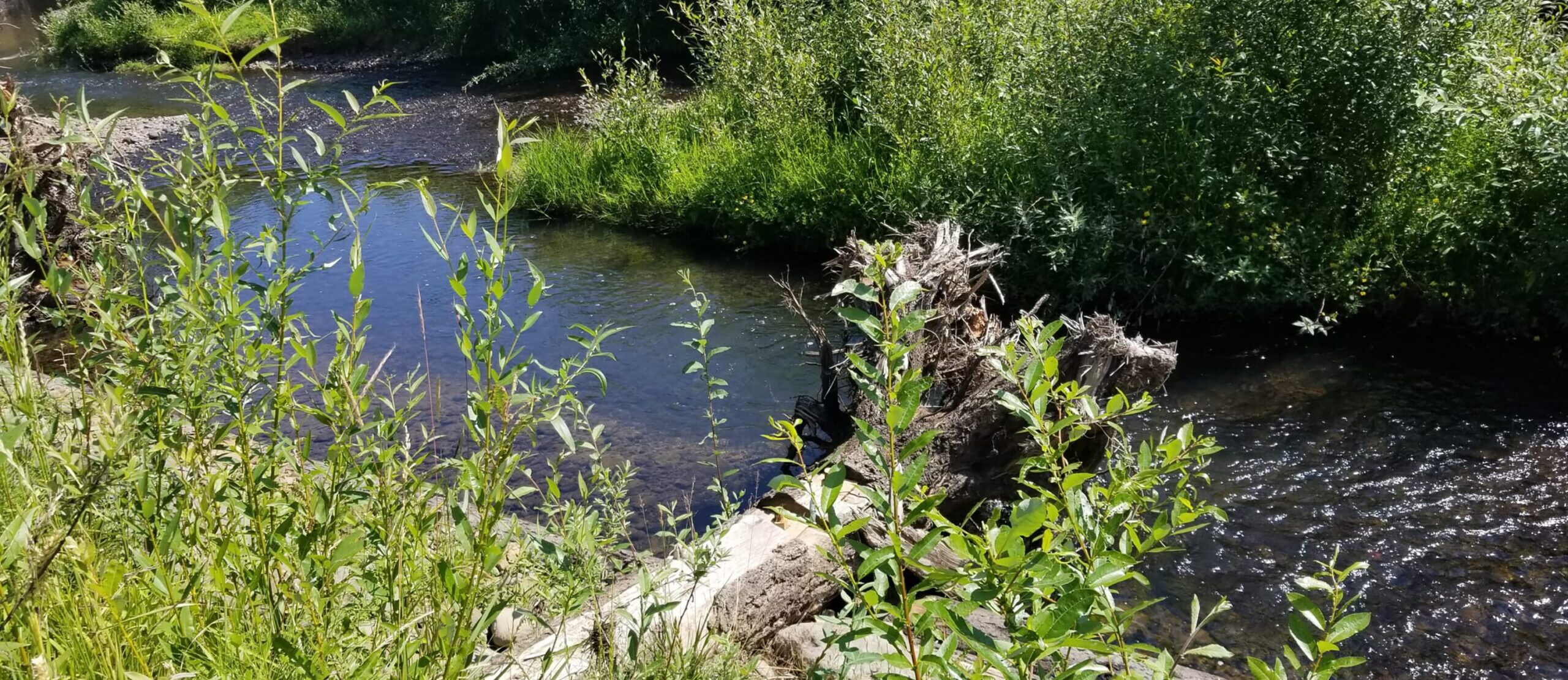

Read More Tansy Ragwort Poisons Livestock and Neighborly Relationships!
![By en:User:Kkmd (Own work) [GFDL (https://www.gnu.org/copyleft/fdl.html) or CC-BY-SA-3.0 (https://creativecommons.org/licenses/by-sa/3.0/)], via Wikimedia Commons](https://i0.wp.com/conservationdistrict.org/wp-content/uploads/2017/06/1024px-Mount_Hood_Highway_Oregon.jpg?resize=386%2C290&ssl=1)
Read More Citizen Science Detection and Reporting of Invasive Plants Workshop

Read More Staff Spotlight: Sarah Hamilton, WeedWise Specialist & CWMA Coordinator

Read More District Seeks WeedWise Specialist for Term Project

Read More Clackamas River Invasive Species Partnership Project Moves Forward

Read More Tansy Ragwort Poisons Livestock and Neighborly Relationships!

Read More Request for Proposals: Priority Invasive Weed and Vegetation Management

Read More Job Announcement: WeedWise Program Specialist/CWMA Coordinator